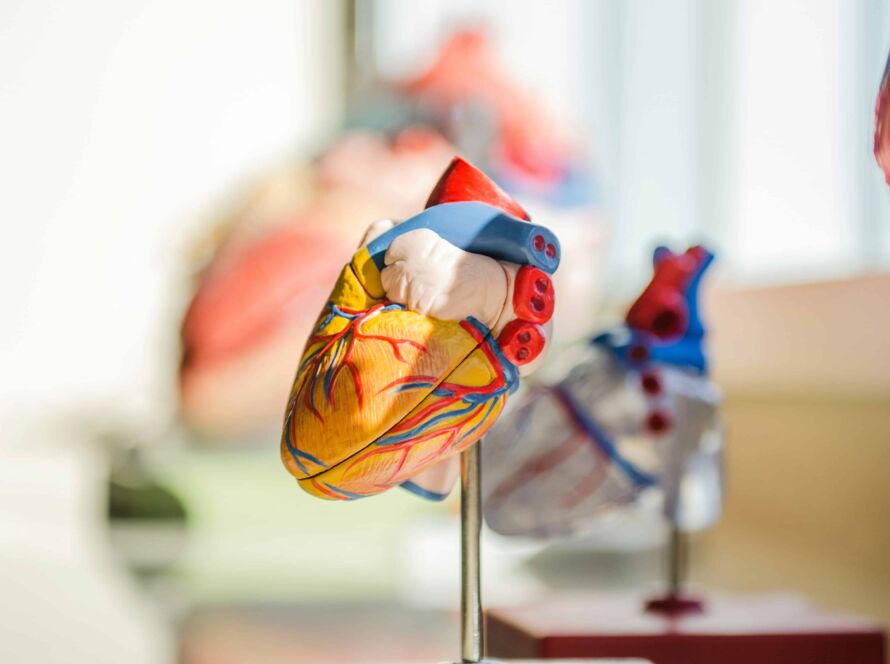Photo by Ehimetalor Akhere Unuabona on Unsplash
Today, thanks to medical advancements, HIV is no longer a terminal illness but a chronic, manageable condition. People living with HIV can expect to lead long, healthy lives with the right treatment and care.
Yet, despite these advancements, the European Center for Disease Prevention and Control (ECDC) reported a persistent shadow epidemic: the stigma and discrimination against those living with HIV. “One area that has not changed enough compared to three and a half decades ago is stigma and discrimination against people living with HIV. People living with HIV do not only face the challenges posed by the virus itself, but also the burden of social prejudice and this not only undermines the mental and emotional well-being of those affected but also discourages people from seeking testing, treatment and care support,” said Dr Andrea Ammon of the European Centre for Disease Prevention and Control at the event HIV: Towards zero stigma on December 6, 2023.
In an effort to quantify this stigma, the ECDC, in collaboration with the European AIDS Treatment Group and AIDS Action Europe, initiated an exploratory survey across Europe and Central Asia. The results were sobering. Approximately one in eight individuals living with HIV reported experiencing discrimination based solely on their status. This stigma manifests in various forms, from unfair treatment to outright abuse, and leads to a significant number of people concealing their HIV status from family, friends, and sexual partners.
Need for stigma-reduction efforts
The fear of disclosure is palpable, with many worried about rejection, abuse, or violence. Concerns about being treated differently in healthcare settings are prevalent, leading some to avoid seeking healthcare services altogether. These findings highlight the systemic challenges faced by those living with HIV and underscore the need for targeted stigma-reduction efforts.
The study’s conclusions draw attention to the variability of experiences across different groups and settings. Rejection from friends is the most commonly reported form of stigma, indicating significant concerns within social networks. Breakdowns by age and gender reveal nuanced patterns, such as heightened reports of blackmail among younger respondents, suggesting evolving forms of bullying.
Priority to marginalised groups
Perceived stigma is more prevalent in healthcare and dental care settings than direct discrimination, emphasizing the need to foster safe environments for individuals with HIV to access necessary healthcare services. Interventions must prioritize marginalized groups, acknowledging intersections of identity and the intensified stigma they face. Education and awareness efforts should cater to diverse populations, including genders beyond male or female, non-heterosexual orientations, and key populations like ethnic minorities, prisoners, and substance users.
It’s essential to note the limitations of the study, as findings may not fully represent the broader HIV population or specific key populations due to sampling methods. Additionally, HIV-related stigma may vary based on factors such as time since diagnosis and regional differences.
More data collection needed
Countries are urged to collect more comprehensive data on stigma and discrimination at the national level, including qualitative data, to inform tailored interventions and strengthen community-wide HIV awareness. Addressing HIV-associated stigma is integral to achieving the ambitious goal of ending the HIV/AIDS epidemic by 2030, alongside efforts to reduce transmission and new infections across Europe and Central Asia.





